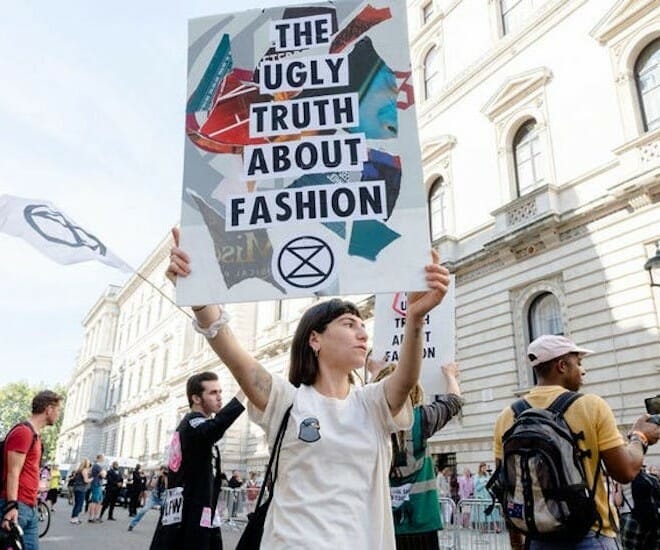

When lockdowns were enforced around the world, one of the ways to get necessities was through the internet. Online shopping became the new norm for many people, and the convenience conferred to users solidified its popularity even as the pandemic slowly retracted its shadow. But at what cost is this newfound convenience traded for, and what impact does it have on our society?
The answer is the environment. Coincidentally, the environment is also part of the widely-talked about ESG framework, which is a set of criteria that companies follow to be recognised as being socially responsible. For the large part of the discussion about fashion, it has always been about the impact of its manufacturing and its adverse ramifications on the biosphere in terms of carbon emissions and waste accumulation. But an often overlooked facade of fashion is its lenient return policies, which generate about 5 billion pounds of landfill waste and 15 million tonnes of carbon emissions annually, as per a report by Vogue Business.

Inevitably, the figures above will grow further and this trajectory is a result of the boom in online shopping while the return of socialisation also causes the demand for more fitted clothes to increase. Additionally, shipping and processing returned products also create mounting logistical costs and carbon emissions. The negative externality like environmental degradation is a difficult pill that brands have to swallow and strive to mitigate today. According to a 2020 report by McKinsey and Global Fashion Agenda, a 20 per cent reduction in e-commerce returns could save 12 million tonnes of greenhouse gas emissions per year.
Of course, the aim is to have zero returns so that it corresponds to a net-zero carbon footprint from this portion of the business. To achieve this is a tall order, but there are definitely ways to minimise the cost to the environment. An example is charging customers if they wish to return online purchases by mail and many companies are already doing so like Uniqlo and Zara. But at a nominal fee of US$2.44, it might not create an apparent impact.

Perhaps, the point is to ensure that every purchase done has been thoroughly filtered and when the sales order does go through, there will be no returns. To do this, companies have to leverage on predictive analytics or machine learning to anticipate what the consumer is looking for after selecting the pieces and putting all of it in the shopping cart. Then, from the selection, a personalised outfit could be recommended to the customer, and the probability of return should be closer to none.
Picking or forecasting an outfit for a consumer, based on their initial selections is an arduous task if data is insufficient. Returns could sometimes be a blessing in disguise as fashion companies can use the information to fine-tune its process. Hence, as much as the customer wants a smooth procedure to return an item, it should have some friction. Reasons should be stated clearly so that feedback can be shared with the relevant operation units of the company. The end goal is to reduce the chances of returns, and broadly speaking, it should also streamline the manufacturing process and reduce the environmental impact in the long run.

The reason clothes bought in the stores have lower return rates is the fitting rooms. A potential customer could try on the items to get a look and feel of how the pieces are on their body, and if the sizes or colours do not match, it can be changed immediately. This critical aspect is missing when consumers decide to buy digitally. But to overcome this challenge, fashion brands can incorporate Augmented and Virtual Reality (AR and VR). The idea is to mimic, as close as possible, how the person would look like when the items are worn on the body.
While the major problem associated with fashion may not be resolved, tackling returns is a great way to start the ball rolling on structurally changing how a business operates in the present time, where being socially responsible is a crucial factor for survival. Thus, fashion companies need to have a robust ESG framework in place as a guiding principle moving forward in this age.
For more fashion reads, click here.
The post The Return Policy Rule Needs to Be Made Irrelevant appeared first on LUXUO.

